Best Practices in Agrisolar
Agrisolar is the co-location of agriculture and solar energy in a landscape. This guide covers the state-of-the-art best practices for growing crops, grazing, beekeeping, and creating pollinator habitat under and around solar arrays. A chief…
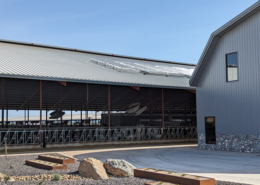
Solar Thermal Energy
By Stacie Peterson and Chris Lent, National Center for Appropriate Technology
Agrivoltaics is a practice defined as the co-location of crops and grazing under and adjacent to solar photovoltaic panels. The concept of agrisolar co-location…
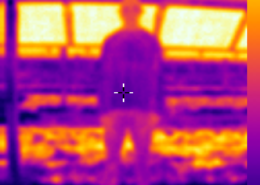 https://www.agrisolarclearinghouse.org/wp-content/uploads/2024/10/image-16.png
640
504
Marisa Larson
https://www.agrisolarclearinghouse.org/wp-content/uploads/2022/02/AgriSolar_stacked_1-338x400.png
Marisa Larson2024-11-12 14:30:422024-11-12 14:32:06Solar Panel Shade and Potential Health Impacts
https://www.agrisolarclearinghouse.org/wp-content/uploads/2024/10/image-16.png
640
504
Marisa Larson
https://www.agrisolarclearinghouse.org/wp-content/uploads/2022/02/AgriSolar_stacked_1-338x400.png
Marisa Larson2024-11-12 14:30:422024-11-12 14:32:06Solar Panel Shade and Potential Health Impacts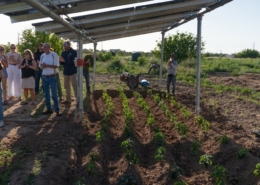
Crops Uniquely Suited to Growth in Agrivoltaic Settings
Gary Paul Nabhan, PhD., Agroecologist, Borderlands Restoration Network
When most Americans think of crop production, they tend to imagine crops growing in full sunlight to achieve their full potential for productivity. But over decades,there…
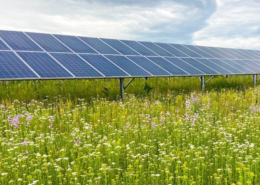
Ecosystem Services of Habitat-Friendly Solar Energy
Leroy J. Walston, Heidi Hartmann, Laura Fox, Michael Ricketts, Ben Campbell, and Indraneel Bhandari, Argonne National Laboratory
This section highlights several types of agrivoltaic options related to ecosystem services that…
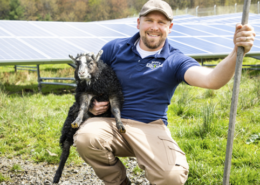
Solar Grazing Best Management Practices
American Solar Grazing Association
1. Introduction to Solar Grazing …
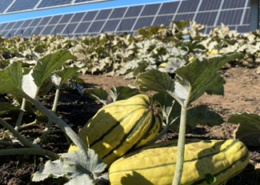
Fact Sheet: Making the Case for Crops + Solar
By Stacie Peterson, PhD, NCAT; and Heidi Kolbeck-Urlacher, Center for Rural AffairsMarch 2024
Agrisolar practices, also called agrivoltaics, are the co-location of agriculture and solar within the landscape. They include solar co-located…
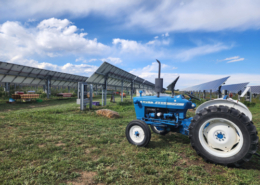
Fact Sheet: Financial Considerations for Developing an Agrivoltaic System
By Colorado Agrivoltaic Learning Centerat Jack's Solar Garden
Compared to conventional solar energy developments, agrivoltaic systems may have different capital expenditures, cash flows, and risk impacts for a solar asset owner. Discussed…
